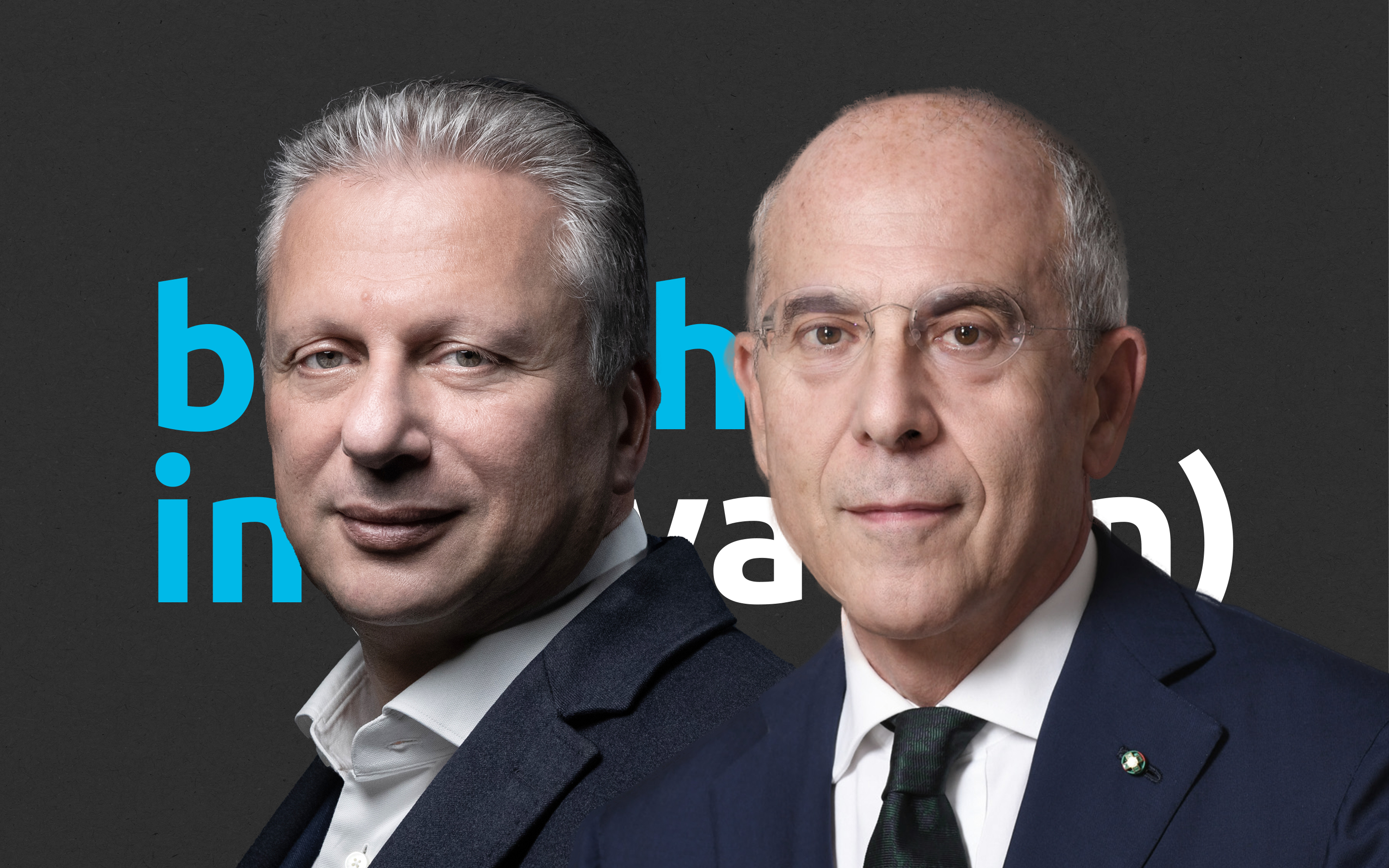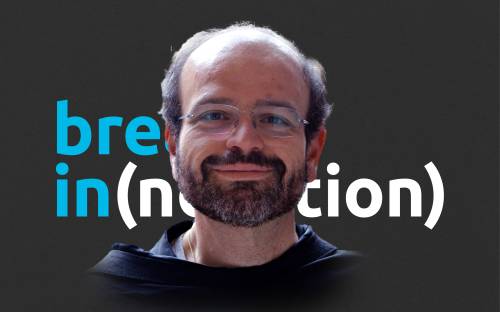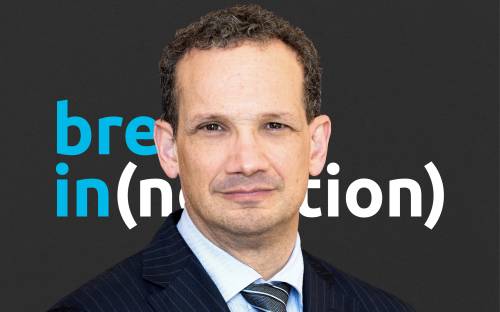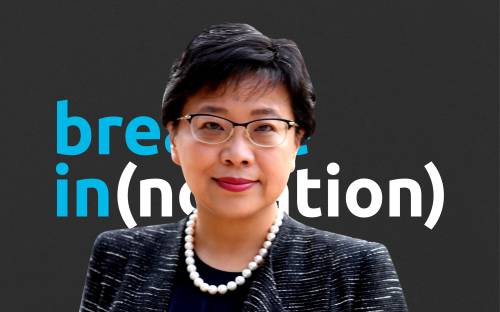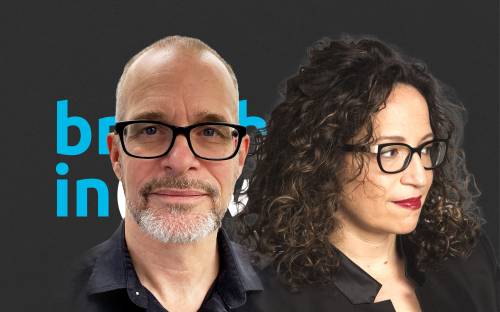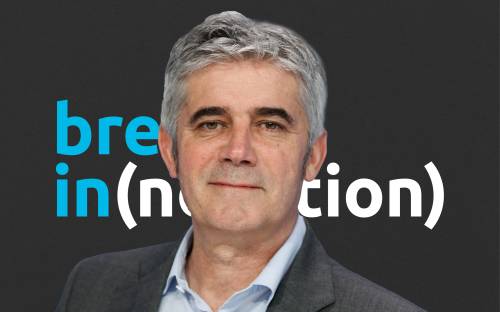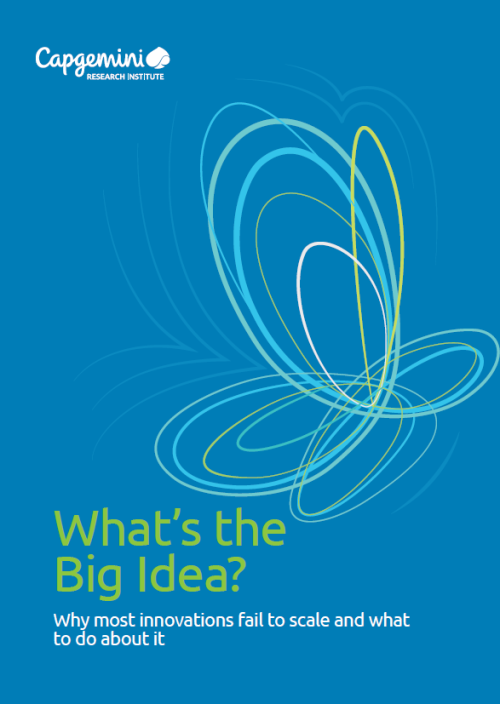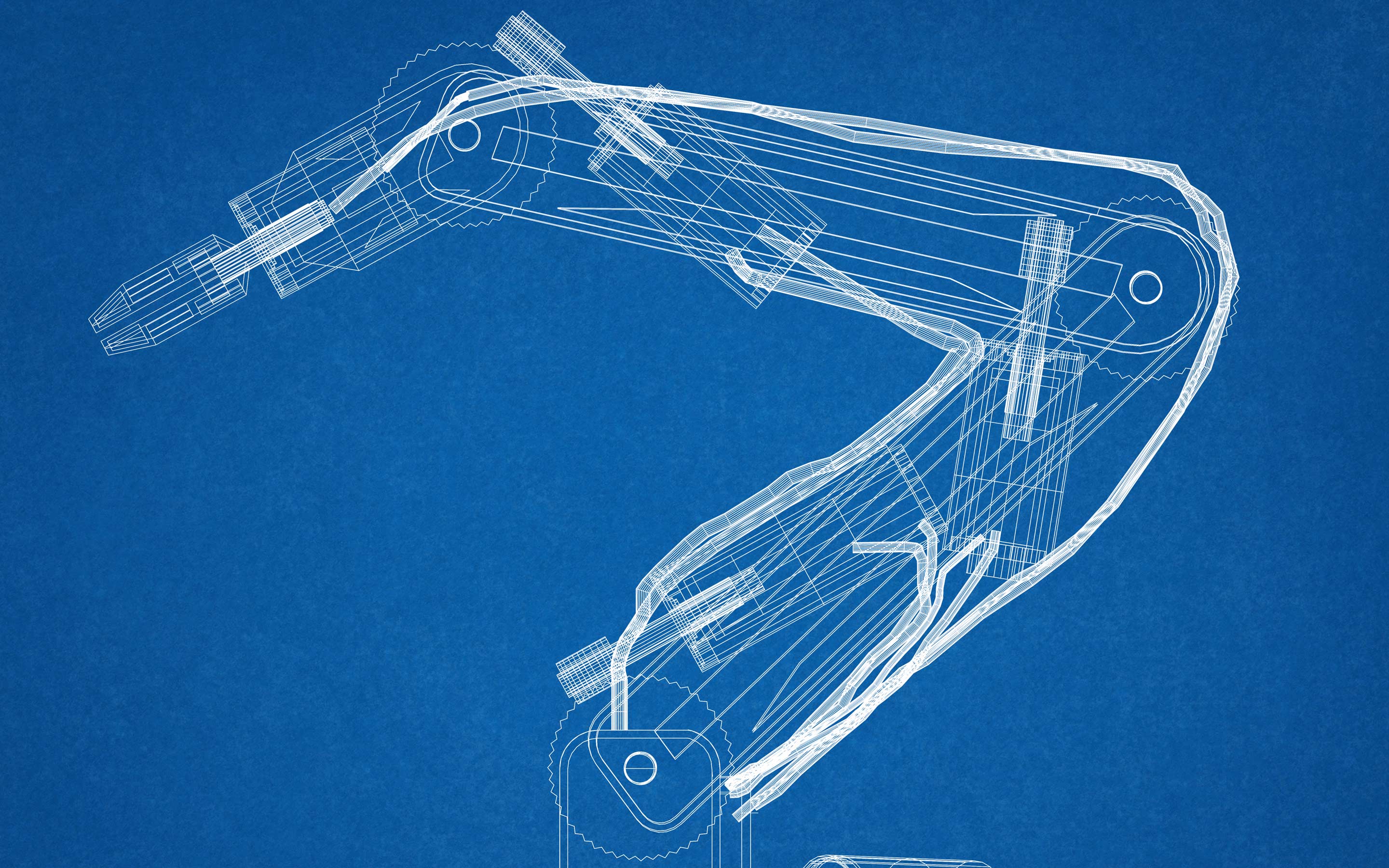Innovation war bisher noch nie so lebendig wie derzeit, da viele Technologien entstehen, die die soziale und wirtschaftliche Landschaft verändern. Viele von ihnen sind aus dem Bereich der Science-Fiction in den Mittelpunkt des technologischen Denkens gerückt, mit sehr konkreten Auswirkungen auf die Unternehmen.
In der fünften Ausgabe unseres vierteljährlich erscheinenden Magazins Conversations for Tomorrow befassen wir uns mit der Frage, wie die Vorreiter in Sachen Innovation die Branchen verändern – von der Energie- und Versorgungswirtschaft bis hin zu Life Sciences, Einzelhandel, Finanzdienstleistungen und dem Hightech-Bereich. Dabei werfen wir einen 360-Grad-Blick auf die Innovation aus religiöser, wissenschaftlicher, wirtschaftlicher und politischer Sicht sowie aus der Perspektive mehrerer Generationen.
Wir haben die Perspektiven führender Innovatoren und Experten zusammengetragen, mit wichtigen Beiträgen von unter anderem:
- Nobelpreisträgerin für Chemie 2020
- Turing Award Gewinner 2012
- Leitende Angestellte von ENEL, Corning, Deutsche Telekom, H&M, Medtronic, MUFG und Heng Hiap Industries
- EU-Kommissar für Innovation, Forschung, Kultur, Bildung und Jugend
- Akademiker der University of California, Berkeley, der Harvard Business School und der Päpstlichen Universität Gregoriana
- Risikokapitalgesellschaft a16z
- Erstes Time Kid des Jahres 2020
- Capgemini’s eigene Fachexperten
Unsere Diskussionen befassen sich mit den wichtigsten Aspekten der Innovation für Unternehmen, einschließlich der Frage, wie die richtige Kultur Innovation sowie Innovation im Bereich der Nachhaltigkeit fördern kann. Wir befassen uns auch mit neuen Technologien wie synthetischer Biologie, dem Metaverse, Quantentechnologie, Blockchain und mehr.
Weitere Informationen über aktuelle Innovationen und wie sie die Industrie verändern, finden Sie in dieser Publikation.







































